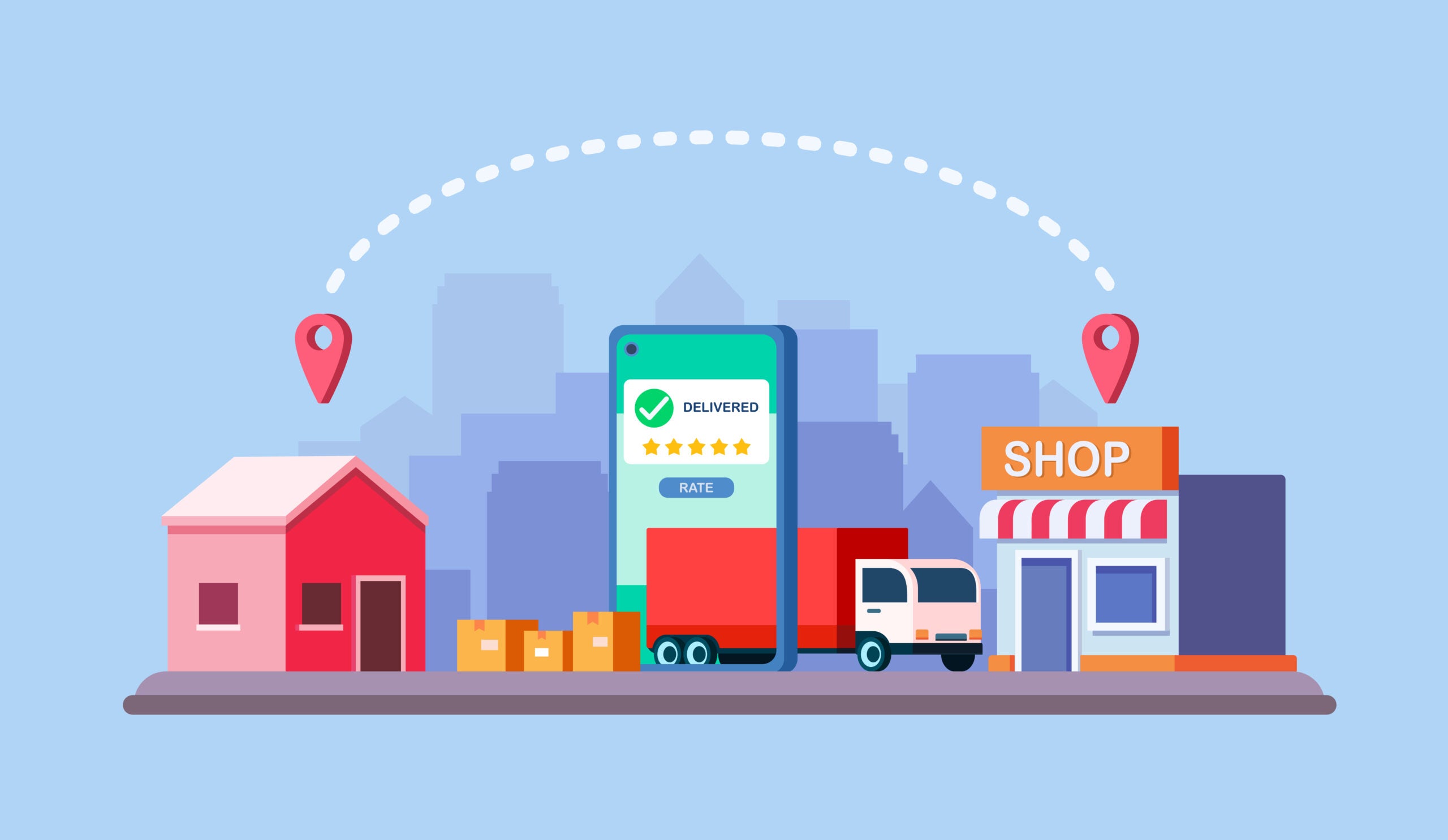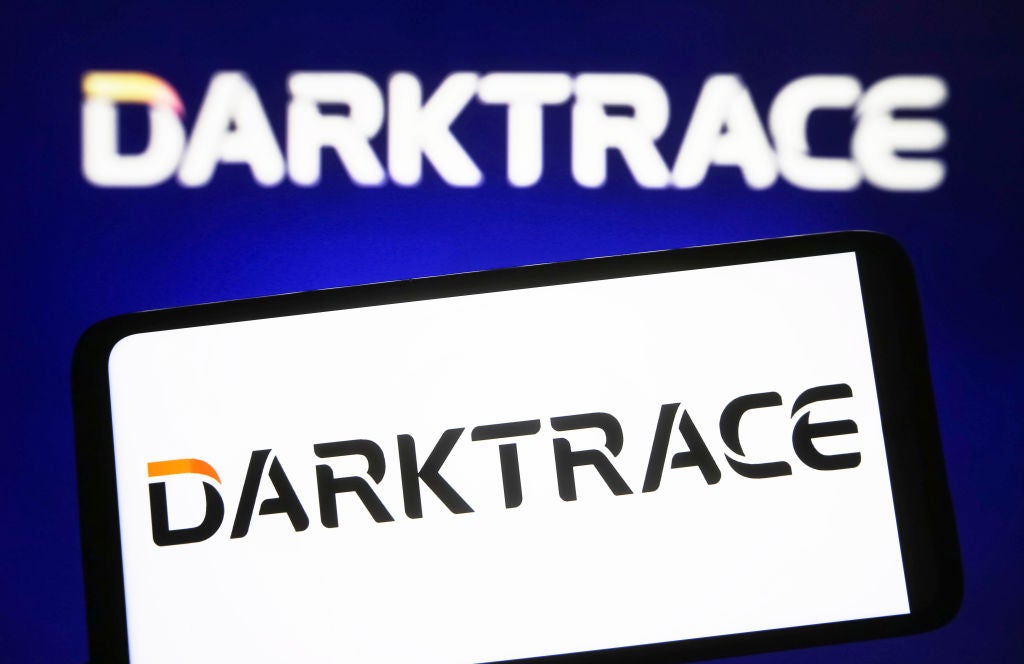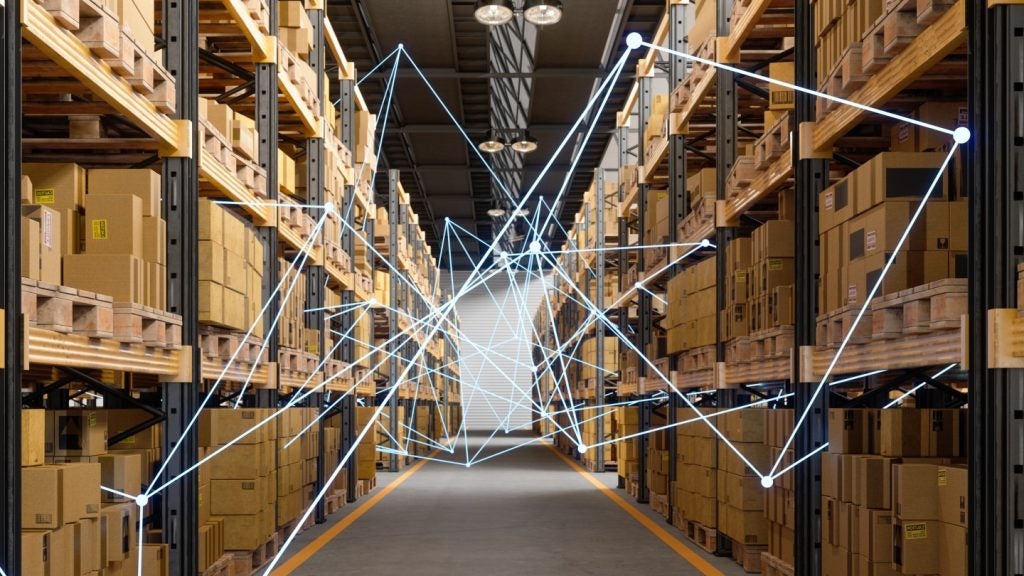
2020 was a year of disruption and rapid adaption for the retail sector. From a spike in ecommerce to touchless deliveries, consumer expectations and requirements of retailers have vastly changed. Retailers must now contend with the fact that many changes in consumer buying patterns brought about by the pandemic are here to stay.
2020’s holiday shopping period was an important learning opportunity for brands, exposing new patterns in consumer buying behaviour that can inform retailers’ plans for the future.
New demographics shop online
The most notable trend in 2020 was the seismic shift from in-store to online retail, driven by both hygiene concerns and lockdowns. Online shopping was introduced to new audiences. Capgemini research found that 26% of consumers had never shopped online before the pandemic; of those, 45% are now more comfortable with the format, and 48% now say they’ll shop online more in the future.
For retailers, ensuring their e-commerce offerings and supply chain processes are agile and intelligent is essential to meeting consumer online shopping needs. Delayed deliveries and frustrating online experiences can cause consumers to lose faith in a brand, leading them to shop elsewhere. On the other hand, experiences that are personalised, fast and reliable can significantly boost brand loyalty.
A place for physical shopping
This is not to say, though, that physical shopping will not see a revival. Consumers want to return to stores when it is safe to do so: we found that almost two-thirds (63%) of consumers would like to return to their previous shopping habits post-pandemic with 59% stating that they miss shopping in store.
This means that retailers should not focus solely on online to the point that they neglect the physical experience. Creating a seamless omnichannel experience is a must for future success. Many customers’ sales journeys move step-by-step from browsing, choosing and then transaction. It’s increasingly common for consumers to find an item online and then buy it in-store and vice versa. Therefore retailers need to ensure that their online and physical channels are unified, so that consumers have a consistent, holistic experience.
How well do you really know your competitors?
Access the most comprehensive Company Profiles on the market, powered by GlobalData. Save hours of research. Gain competitive edge.

Thank you!
Your download email will arrive shortly
Not ready to buy yet? Download a free sample
We are confident about the unique quality of our Company Profiles. However, we want you to make the most beneficial decision for your business, so we offer a free sample that you can download by submitting the below form
By GlobalDataDesire for innovation
Contactless payments, self-service kiosks and curb-side deliveries are all examples of innovations that retailers have employed to maintain their services in the face of the pandemic. While many of these innovations have been brought in as a knee-jerk reaction to the current situation, consumers are reacting positively to how retailers are evolving their services. We know that 60% of consumers would like the innovations brought in by retailers during the pandemic to remain for the future.
For retailers, this finding is encouraging. I have no doubt that next year is going to be one of experimentation, with retailers and brands adopting new solutions at a fast rate, both for backend functions and to augment the customer experience. Not every innovation will succeed, but it’s important that retailers adopt a growth mindset. Innovation is essential to adaptation – even if not every solution works.
While the retail landscape is still shifting in response to developments around the pandemic, certain common consumer patterns are emerging. The key for retailers is to focus on creating end-to-end customer experiences that are agile, holistic and personalised, with the goal of building more meaningful relationships with their customers as we go into a new year.
Read More: Ecommerce predictions for 2021: Seven experts have their say.






